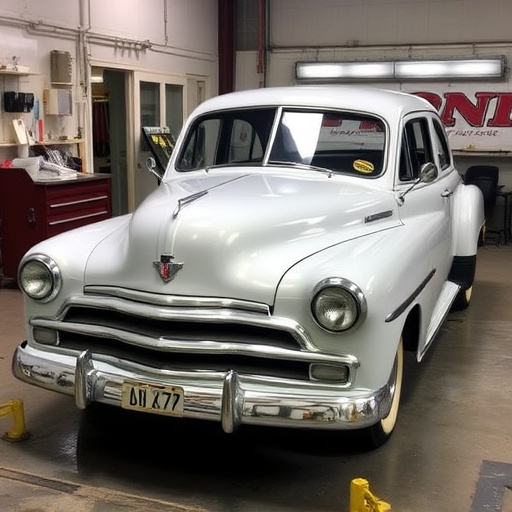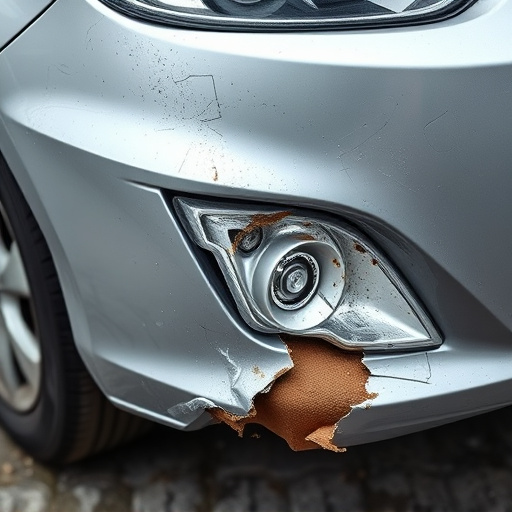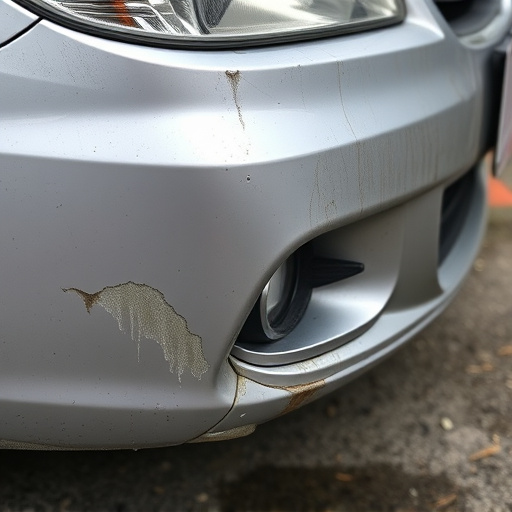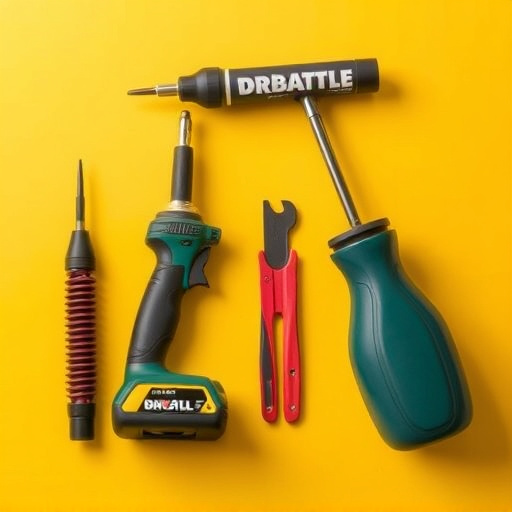An insurance estimate review involves understanding cost breakdowns for various claim aspects, including vehicle damage repairs and risk factors. Scrutinize policy terms, coverage options, and quotes from different providers to ensure accuracy and clarity, preventing misunderstandings and ensuring needs are met, especially for specialized services.
An insurance estimate review is a crucial step in making informed decisions about your financial protection. This article guides you through the key elements of an effective review process, focusing on understanding the components of your insurance estimate. We explore evaluating risk factors and coverage options to ensure adequate protection. Additionally, we emphasize the importance of accuracy and clarity in policy estimates for transparent decision-making.
- Understanding Key Components of Insurance Estimate
- Evaluating Risk Factors and Coverage Options
- Ensuring Accuracy and Clarity in Policy Estimates
Understanding Key Components of Insurance Estimate

When conducting an insurance estimate review, it’s crucial to grasp the fundamental components that constitute a comprehensive evaluation. An insurance estimate isn’t merely a random figure; it’s a detailed breakdown of costs associated with various aspects of a claim. For instance, in the case of vehicle damage, the estimate should categorically outline the extent of repairs needed, whether it’s simple paint work or intricate autobody repairs and collision repair services. This transparency allows policyholders to understand the rationale behind quoted prices and ensures they receive fair compensation.
Furthermore, a meticulous review involves scrutinizing each line item within the estimate. For example, if there are charges for parts replacement, it’s essential to verify their quality and whether they align with industry standards. In cases involving car restoration, the estimate should highlight specific procedures employed, materials used, and why they’re considered the best course of action. Such a granular analysis empowers policyholders to make informed decisions when dealing with insurance claims, especially for extensive repairs like autobody repairs or complex collision repair services.
Evaluating Risk Factors and Coverage Options

When conducting an insurance estimate review, meticulously evaluating risk factors is paramount. This involves assessing various aspects such as location, climate, and lifestyle to determine potential hazards that could impact the insured property or individual. For instance, in regions prone to extreme weather events like hurricanes or earthquakes, the risk of damage may be higher, influencing the need for specific coverage options.
Understanding coverage options is equally crucial during this phase. Reviewing the insurance policy’s terms and conditions allows individuals to comprehend what is included and excluded from their coverage. This knowledge empowers them to make informed decisions, ensuring they have adequate protection for their assets. For example, when dealing with auto painting or auto body repair, knowing whether dent removal is covered can significantly impact the overall cost of repairs and the insured’s out-of-pocket expenses.
Ensuring Accuracy and Clarity in Policy Estimates

An effective insurance estimate review begins with ensuring accuracy and clarity in policy estimates. This involves a thorough scrutiny of every detail within the quote, from coverage limits to deductibles and additional costs. Policyholders should be able to understand fully what is covered and what is not, as well as any exclusions or conditions attached to their insurance plan. Clear communication here prevents misunderstandings and ensures that the policy accurately reflects the insured’s needs, especially when dealing with specialized services like a vehicle body shop or car body restoration.
In the context of an insurance estimate review, clarity translates to precise language and detailed breakdown of costs. Policyholders must be able to compare quotes from different providers, ensuring they are receiving fair and accurate assessments for their specific circumstances. This is particularly important when dealing with car body shops or similar service providers, where the cost of repairs can vary widely based on damage severity and materials used in car body restoration.
An effective insurance estimate review involves a meticulous examination of key components, risk factors, and coverage options. By understanding these elements and ensuring accuracy and clarity, individuals can make informed decisions about their policy choices. This structured approach allows for the selection of tailored coverage that meets specific needs while managing risks efficiently, ultimately providing peace of mind in an uncertain world. For a comprehensive guide on navigating insurance estimates, look no further than this essential resource.













